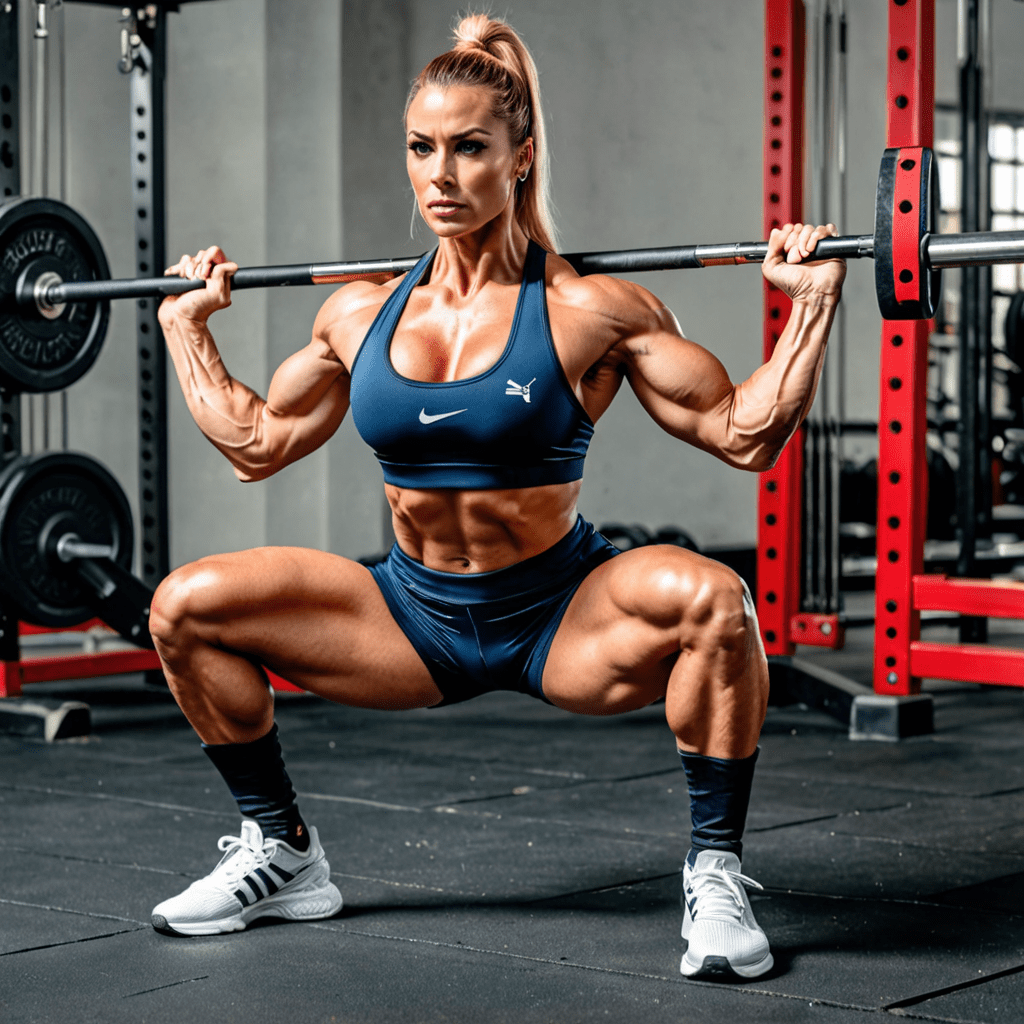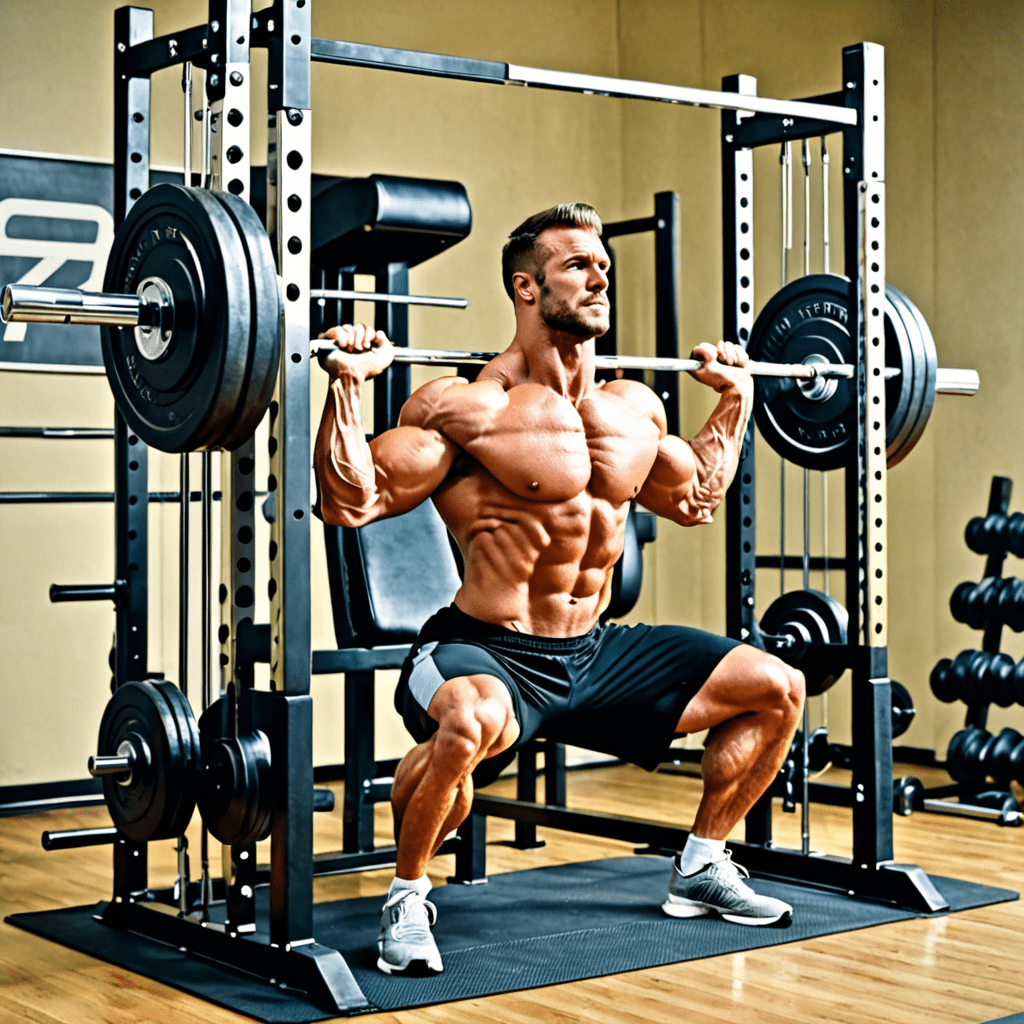
Unraveling the Mystery: Why Can’t I Do a Pistol Squat?
For fitness enthusiasts and athletes, the pistol squat is a coveted exercise to master. Its demonstration of strength, balance, and flexibility makes it a challenging yet rewarding fitness goal. However, many individuals find themselves struggling to perform this exercise despite their best efforts. If you have been wondering, “Why can’t I do a pistol squat?” – you are not alone. In this article, we will delve into the various factors that may be impeding your ability to execute a perfect pistol squat and explore strategies to overcome these obstacles.
The Anatomy of a Pistol Squat
Before understanding why you may be facing difficulty with the pistol squat, it’s essential to comprehend the physical demands of this exercise. A pistol squat is a single-leg squat where the non-working leg is extended in front of the body. The movement requires significant strength and flexibility in the lower body, especially in the quads, hamstrings, glutes, and calves. Additionally, balance, core stability, and ankle mobility play crucial roles in the successful execution of a pistol squat.
Lack of Lower Body Strength
One of the most common reasons individuals struggle with pistol squats is insufficient lower body strength. The quadriceps, hamstrings, and glutes need to exhibit substantial strength to support the body through the entire range of motion without the assistance of the other leg. If your lower body musculature is not adequately developed, performing a full pistol squat can be challenging. Incorporating targeted strength training exercises for the lower body, such as lunges, squats, and deadlifts, can help address this weakness.
Inadequate Ankle Mobility
An often overlooked aspect of the pistol squat is ankle mobility. Limited dorsiflexion, the ability to bring the top of the foot toward the shin, can hinder the depth and stability of the squat. When the ankle lacks the necessary mobility, compensations in the movement pattern may occur, leading to a compromised pistol squat. Engaging in ankle mobility drills and stretches, such as calf stretches and ankle circles, can aid in improving this crucial aspect of the squat.
Challenges with Balance and Core Stability
Executing a pistol squat demands not only lower body strength but also exceptional balance and core stability. The body must maintain an upright position while lowering and raising itself on a single leg, requiring significant control and stability. Weakness in the core muscles and instability in the hip and pelvic region can impede the smooth performance of a pistol squat. Integrating exercises that target the core, such as planks, Russian twists, and leg raises, can contribute to enhanced stability and balance.
Persistent Flexibility Limitations
Flexibility is a fundamental component of the pistol squat, particularly in the hamstrings, hip flexors, and quadriceps. Restriction in these muscle groups can restrict the depth and fluidity of the movement, making it difficult to perform a full pistol squat. Regular stretching and mobility exercises targeting these areas can help address flexibility limitations and facilitate a more seamless execution of the pistol squat.
FAQs: Addressing Common Concerns
Q: Can anyone achieve a pistol squat with the right training?
A: While the pistol squat is a challenging exercise, with diligent and focused training, many individuals can improve their strength, flexibility, and balance to eventually perform a pistol squat successfully.
Q: Are there modifications for individuals struggling with pistol squats?
A: Yes, variations and progressions of the pistol squat, such as assisted pistol squats using a support or box squats, can be beneficial for developing the required strength and technique before attempting a full pistol squat.
Q: How long does it take to master the pistol squat?
A: The time frame for mastering a pistol squat varies for each individual and depends on factors such as existing strength, flexibility, and balance. Consistent training and dedication are key to progress in achieving a successful pistol squat.
Q: Should I seek professional guidance for learning the pistol squat?
A: For individuals encountering significant challenges with the pistol squat, seeking guidance from a qualified fitness professional or physical therapist can provide personalized assistance and programming tailored to address specific limitations and facilitate progress.
In conclusion, the inability to perform a pistol squat can stem from a combination of factors, including strength deficiencies, mobility restrictions, and stability issues. By addressing these individual components through targeted training and mindful practice, the journey towards mastering the pistol squat can be both empowering and transformative. Embracing a patient and persistent approach to training, while recognizing and addressing the specific hurdles along the way, can lead to the eventual triumph of conquering the pistol squat.


